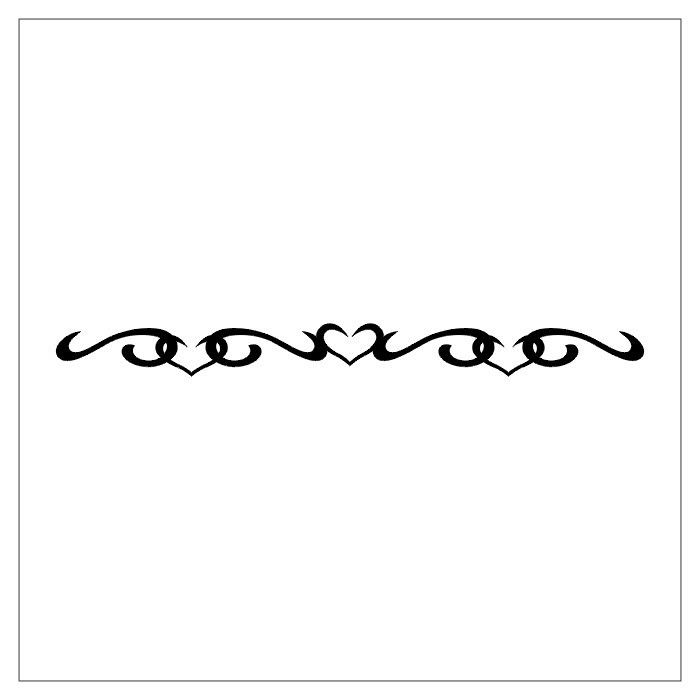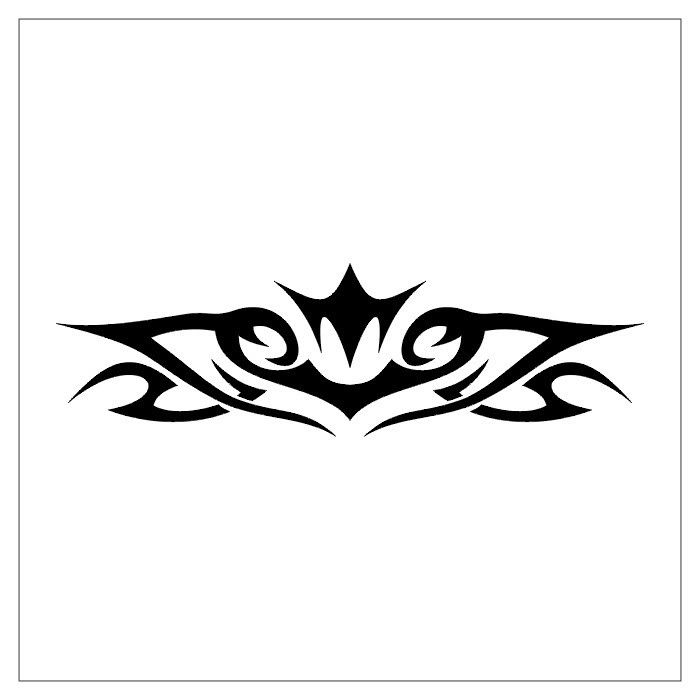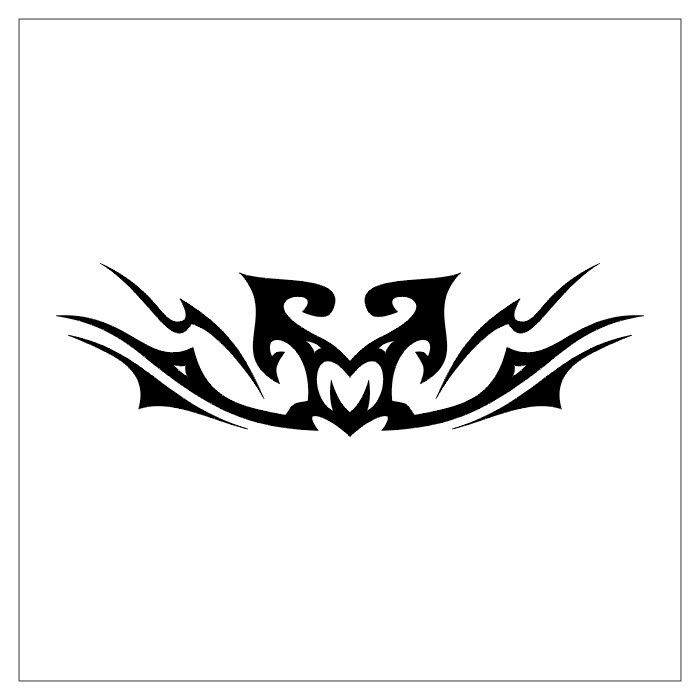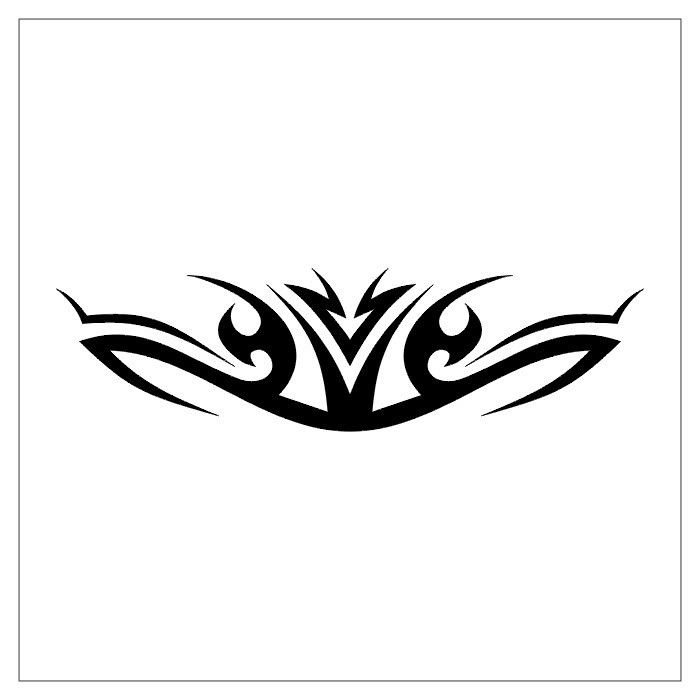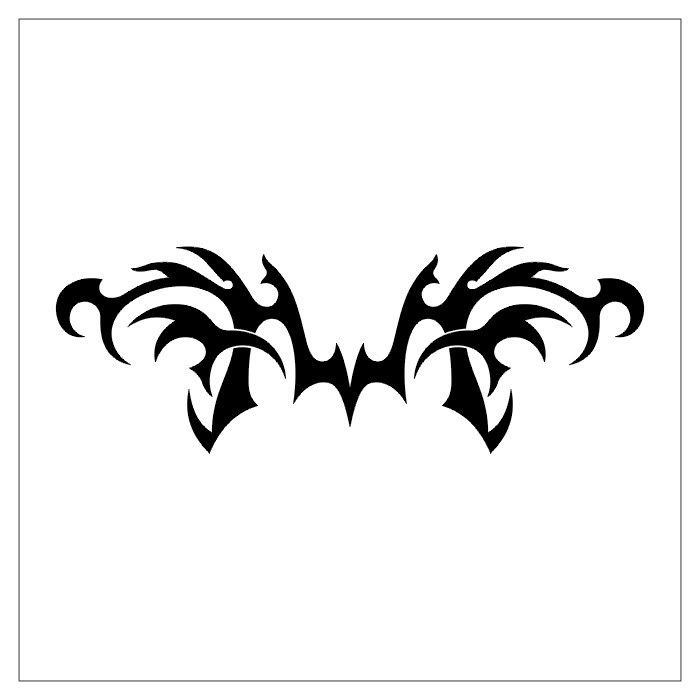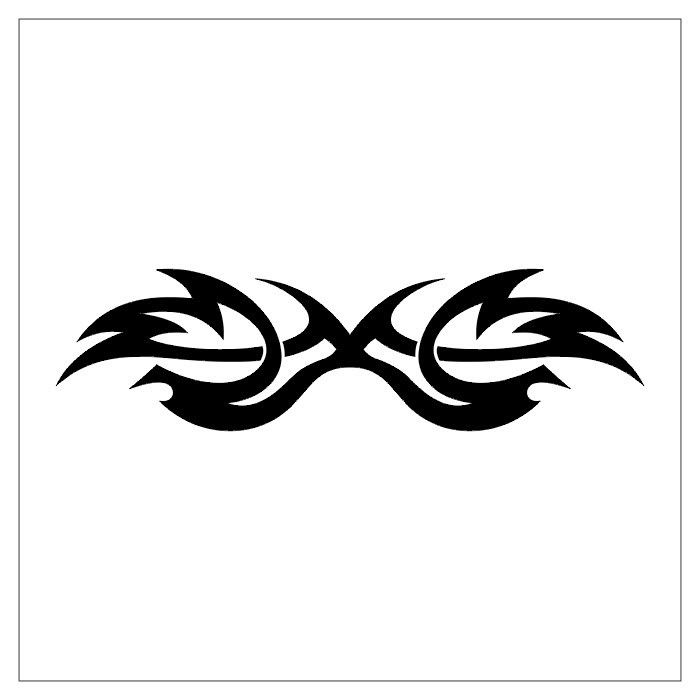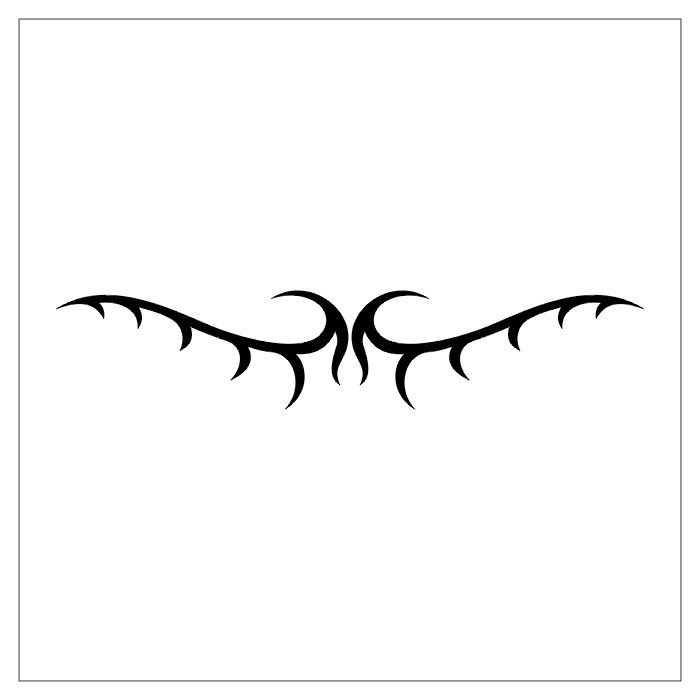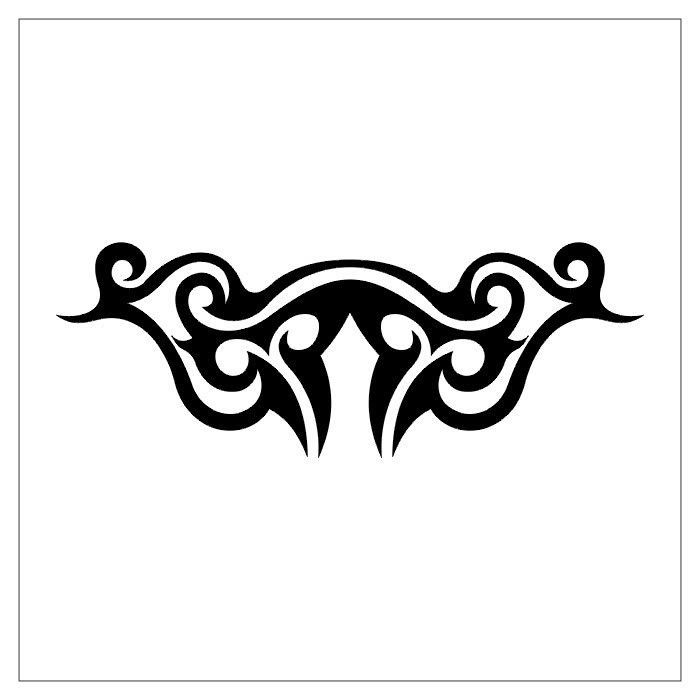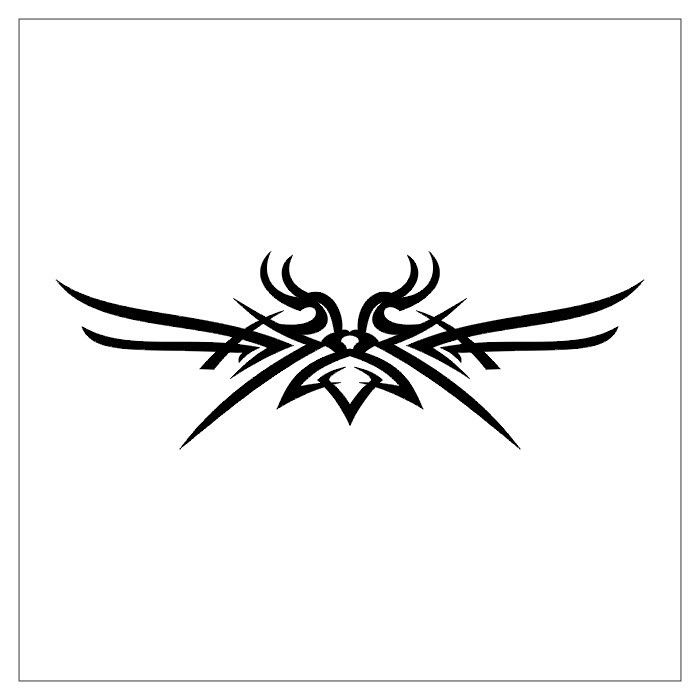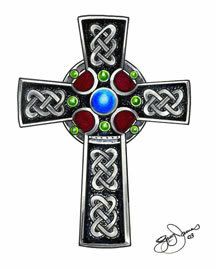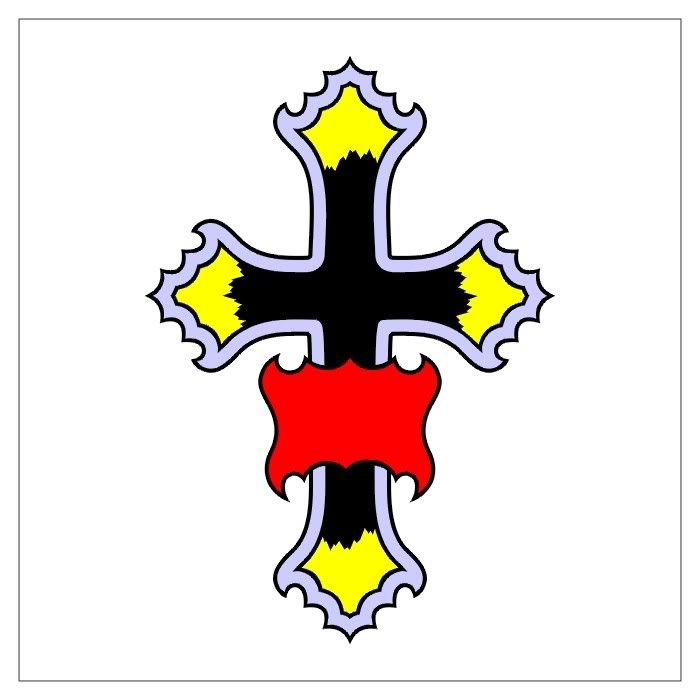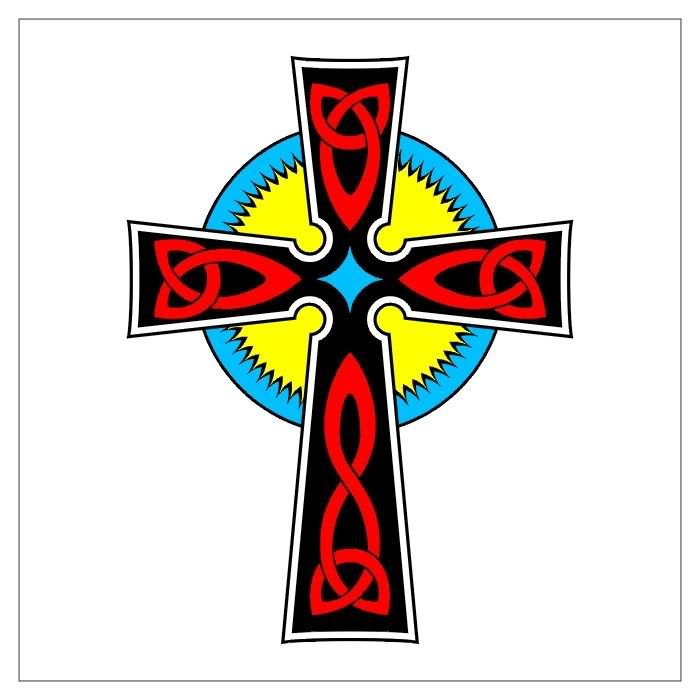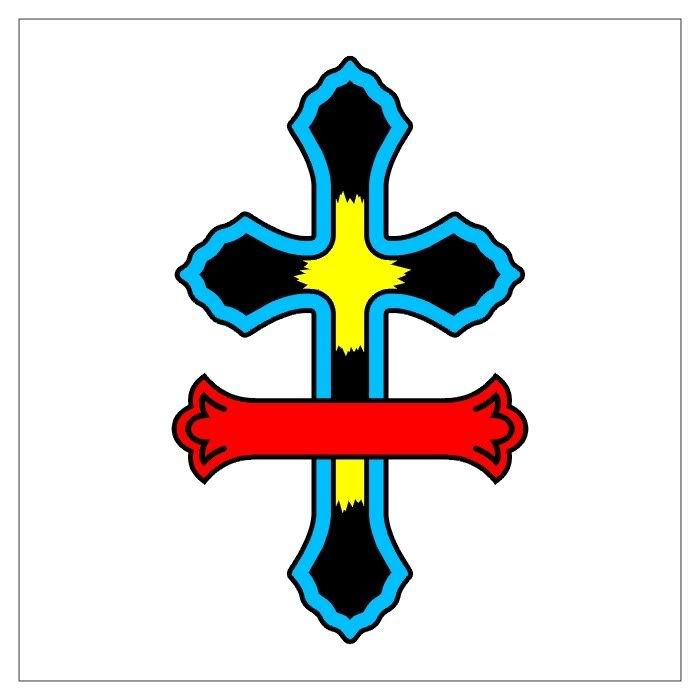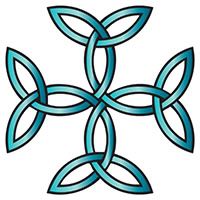Friday, November 23, 2007
Saturday, November 17, 2007
Monday, November 5, 2007
Ancient Egypt Tattoos
Not all tattoos served as ornaments. Foreign prisoners of war were at times marked, as were slaves who had to bear the name of their owner inscribed on their hand. If these people had markings inflicted on them, others chose them for protection:
Now there was upon the shore, as still there is now, a temple of Heracles, in which if any man's slave take refuge and have the sacred marks set upon him, giving himself over to the god, it is not lawful to lay hands upon him; but this custom has continued still unchanged from the beginning down to my own time.
Now there was upon the shore, as still there is now, a temple of Heracles, in which if any man's slave take refuge and have the sacred marks set upon him, giving himself over to the god, it is not lawful to lay hands upon him; but this custom has continued still unchanged from the beginning down to my own time.
 Herodotus, Histories II: Euterpe
Herodotus, Histories II: EuterpeGutenberg Project
Schematic view of the tattoos of Amunet, priestess of Hathor, Middle Kingdom
After John A Rush, Spiritual Tattoo: A Cultural History of Tattooing, Piercing, Scarification, Branding, and Implants, Frog Ltd. 2005, p.19
Tattoos, scarification and cicatrization have only been found on a small number of mummies, all of them female. They generally took the form of abstract designs: dots, lines, or more complicated geometrical forms. The Middle Kingdom Hathor priestess Amunet buried at Deir el-Bahari and two further female mummies found there were liberally tattooed on their arms, shoulders and abdomen. The pigment used was of blackish-blue colour, possibly inserted under the skin with needles made from fish bone or the like.

Lower parts of a pottery figurine with markings on its abdomen,
18th dynasty
Source: J. Garstang, El Arabah, Egyptian Research Account VI, 1900, Plate XVII
The practice may have been of Nubian origin and never became widespread in Egypt. The meaning of these abstract tattoos is unknown, though it is often supposed to be connected to female fertility, as no instances of men having undergone the procedure are known.
From the Late Period there is pictorial evidence of tattoos in the form of the god Bes having been made on the thighs of Nubian dancing girls and musicians.
It appears that tattooing in ancient Egypt was not done for aesthetic purposes, but had connotations of sexuality and fertility.
Subscribe to:
Comments (Atom)
